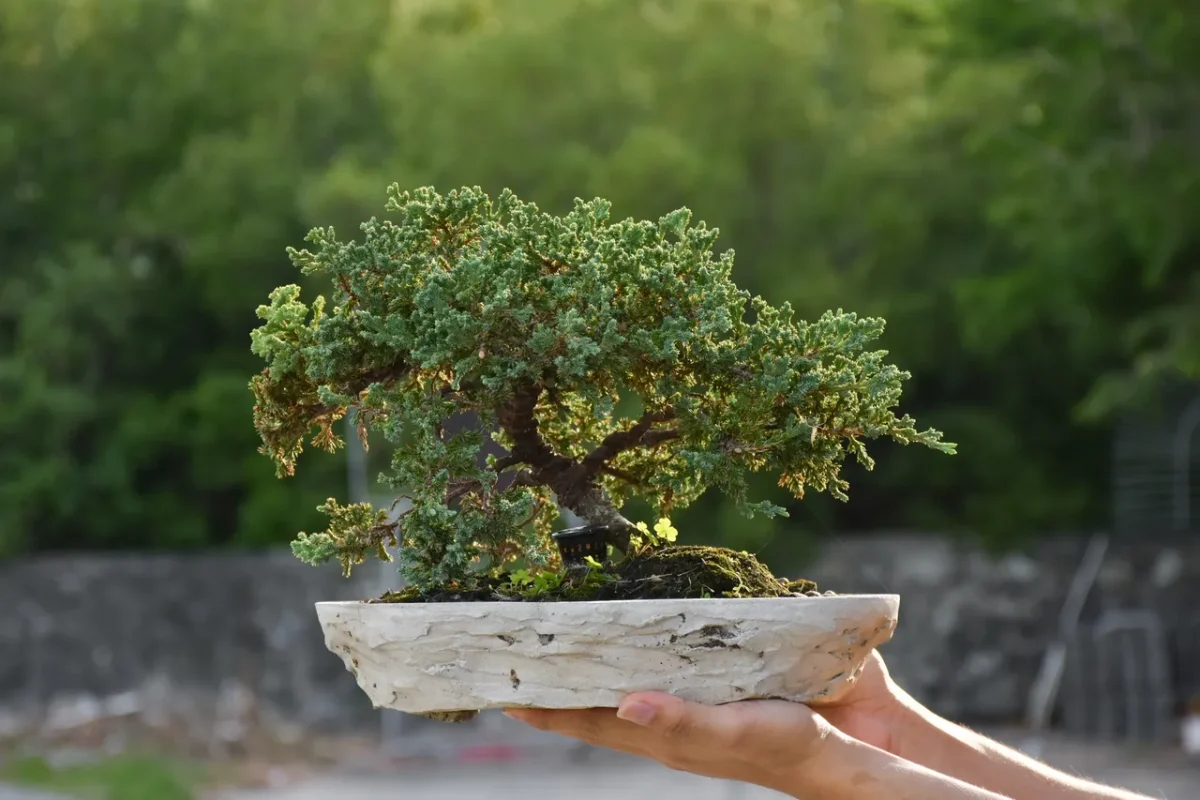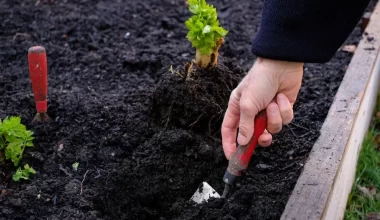Posted on Nov 23, 2023 at 8:01 pm by James A
Creating a Japanese garden at home is a beautiful way to create a space of tranquility and beauty, inspired by the ancient principles of Japanese gardening.
These gardens, designed to reflect natural beauty and serenity, are a harmonious blend of simplicity, balance, and symbolism. Whether you have a large outdoor space or a small corner, we will guide you through the process of transforming your environment into an oasis of peace, in harmony with nature and Japanese aesthetics.
Table of Contents
The characteristics of a Japanese garden and their meaning
The Japanese garden is a true art that reflects the culture and philosophy of the Land of the Rising Sun. It is distinguished by:
- The simplicity and purity of forms
- Harmony with nature
- The symbolism of elements (water, stone, vegetation)
- Respect for proportions and balance
Thus, a Japanese garden should be thought of as a meditative space, where each element has its place and meaning.
Why create a Japanese garden at home?
A Japanese garden is an invitation to calm, relaxation, and contemplation. By embarking on this project, you can enjoy numerous benefits:
- Improvement of your living environment: a well-designed green space brings aesthetics and serenity to your outdoor area.
- Mental and physical well-being: contact with nature, clean lines, and silence are conducive to relaxation and meditation.
- Culture and discovery: by learning the specific techniques of Japanese gardening, you will enrich your knowledge and develop new skills.
The key steps to create a Japanese garden at home
Here are the essential points to consider in order to succeed in creating your Japanese garden:
Define the space and style
To begin, you will need to determine the location and size of your future garden. Several styles of Japanese gardens exist, such as:
- The dry garden or “karesansui”: mainly composed of stones, gravel, and sand, it evokes a mountainous and aquatic landscape.
- The Zen garden or “zenshichiteien”: a minimalist space with precisely trimmed plants and a small surface area.
- The stroll garden or “kaiyushiki”: a path punctuated by remarkable elements (lanterns, bridges, basins) to offer various perspectives.
Choose the style that best suits your tastes and the space you have.
Select the key elements
A Japanese garden is characterized by the presence of symbolic elements:
- Water, represented by basins, streams, or fountains, is a source of life and energy.
- Stones, arranged in groups or individually, symbolize stability and eternity.
- Vegetation, chosen for its diversity and changing colors throughout the seasons, brings a touch of poetry and promotes biodiversity.
Be sure to respect the proportions and distances between the different elements for a harmonious result.
Choose suitable plants
To create a Japanese garden, prioritize plants typical of this style:
- Trees (Japanese maples, pines, cherry trees)
- Shrubs (azaleas, camellias, rhododendrons)
- Grasses (dwarf bamboos, ferns)
- Mosses and small ground covers
Remember to select species that are suitable for your climate and the exposure of your garden.
Maintaining your Japanese garden
Maintaining a Japanese garden requires time and rigor. Here are some tips to preserve its beauty:
- Regularly prune trees and shrubs to maintain their clean lines.
- Rake the sand or gravel to maintain aesthetic patterns.
- Monitor the condition of mosses and ensure their proper development.
- Clean the basins and fountains to prevent algae proliferation.
By following these steps, you will be able to fully enjoy your Japanese garden and its soothing virtues. Feel free to draw inspiration from existing models, visit Japanese gardens, or consult specialized books to deepen your knowledge and refine your project.









